Which side to put the baking foil on the baking sheet?
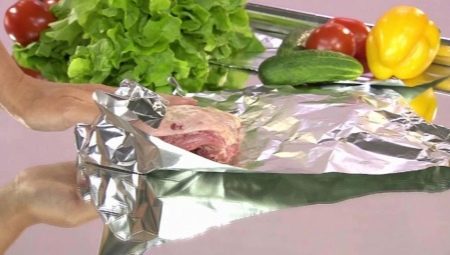
Foil is an indispensable tool in the kitchen. It is most often used for baking, although it can be used both for freezing and for storing food. It perfectly tolerates both high and low temperatures. Food foil does not contain harmful substances released when heated, it is very easy to use.
But there are some nuances that will help housewives to use this wonderful material more effectively. This concerns how to properly wrap the prepared dish, how to cover the baking sheet, which side is matte or shiny, whether holes need to be made.
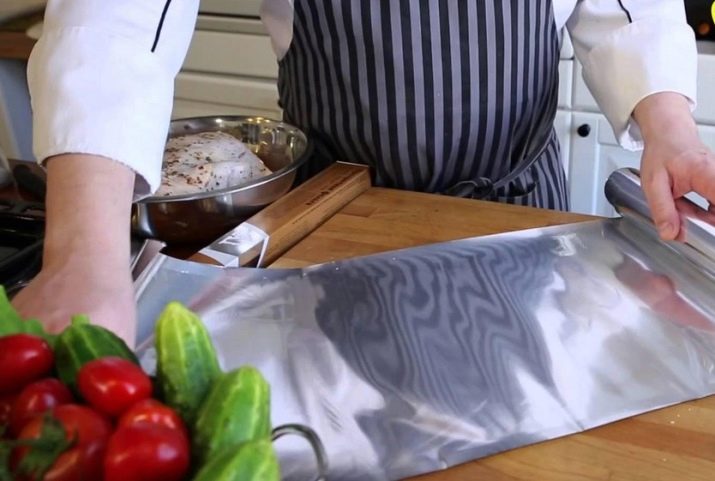
What is the difference between the surfaces of the two sides?
The foil has two different surfaces - matte and shiny, so it is quite natural to ask why this is done and which side to use. The answer to the first question lies in the foil manufacturing technology. For this, different metals are used: steel, tin, silver, gold. However, such foil cannot be used for cooking.
Food foil is made from aluminum. It is safe in contact with food, does not melt at high temperatures, heats up easily, retains heat for a long time, does not cause allergies.
Therefore, it is very important to pay attention to the labeling and use only food foil for cooking.
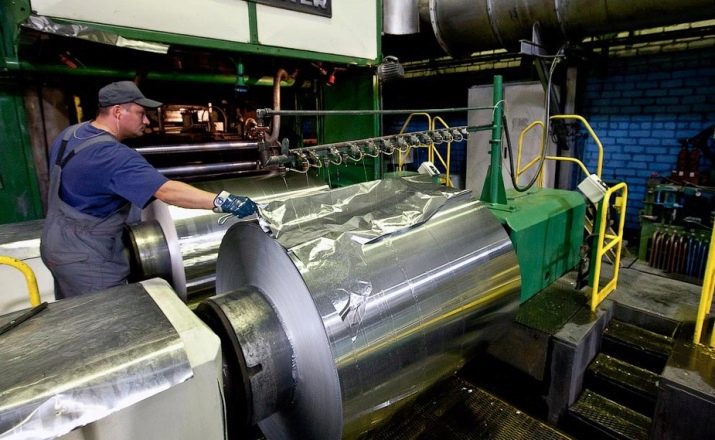
In production, the metal is rolled through large shafts, gradually narrowing the gap between them. The result is thin sheets that are rolled up.When rolling through the machine, two sheets are launched at once, and the sides adjacent to each other are rough. The outer sides that have been in contact with the roller become shiny.
The properties of both sides are almost the same, but there are still some differences. If you know this difference and use it correctly, then you can use the advantages of both sides.

How to lay the foil correctly?
The properties of glossy and matte surfaces are in their relation to temperature conditions. A matte surface heats up faster, as it attracts heat better, and a shiny surface retains it longer.
If you put the foil on a baking sheet with a shiny surface up, then the cooking process can be somewhat accelerated. Besides, food does not burn on the shiny side. And here cover the dish with the matte side up - it will absorb heat, which will also shorten the cooking time. In addition, this method allows you to better preserve the aroma of the dish.

Experienced housewives know that in this way you can cook not only meat or fish, but also use the properties of the material to improve the quality of baking. If you place the dough on a glossy foil surface, the products will not burn from the bottom, will not stick, rise faster and bake better.
If the baked goods begin to darken or dry from above, and have not yet had time to bake inside, then the foil can be laid on top with the shiny side down, and then removed a few minutes before the end of cooking. Likewise, you can put foil inside a baking dish or make muffin tins.
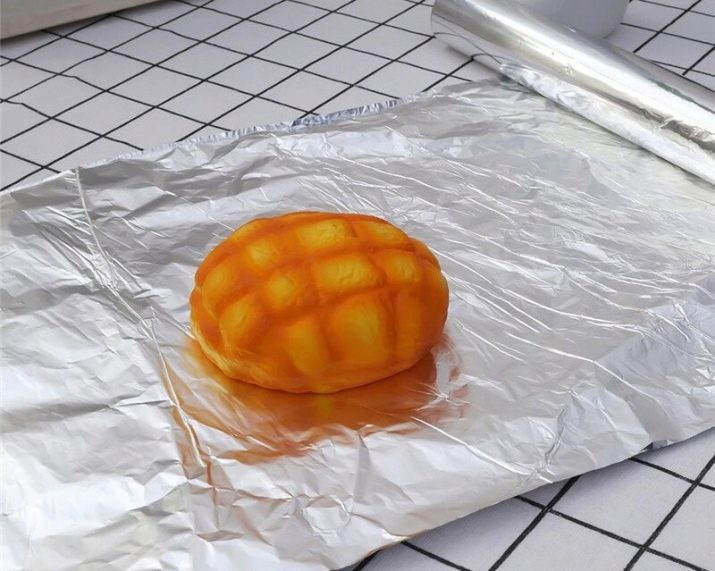
Portion dishes can be simply wrapped in foil, made into a kind of "bags", then placed on a wire rack or baking sheet and also baked in the oven. This allows you to prepare a more juicy and flavorful dish than when cooking or frying. In addition, the nutritional value of the products is preserved and the calorie content does not increase, because it is not necessary to use oil.
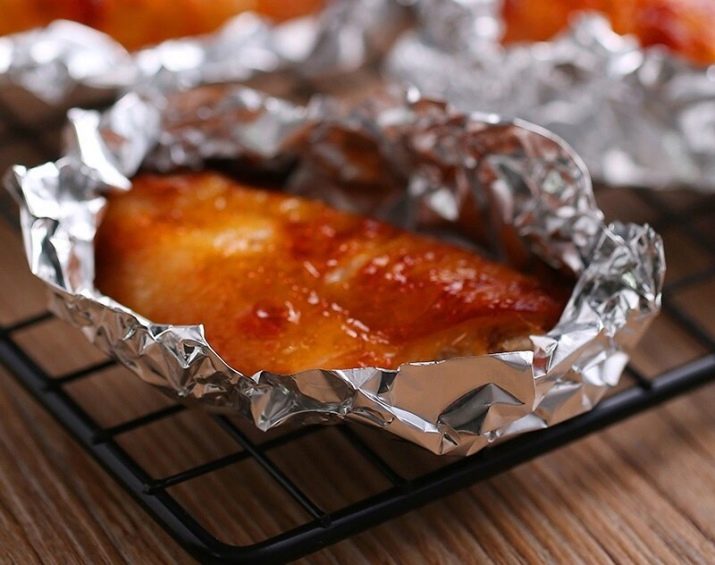
This method is rational, since it is convenient to take a separate portion, already wrapped in foil, on a short trip, to work or to a picnic. At the same time, there is no fundamental difference in which side to wrap the foil inward, in general, but it is better to use the same principle - the glossy side should be inside, as it also has antibacterial properties, which contributes to better preservation of the prepared products.
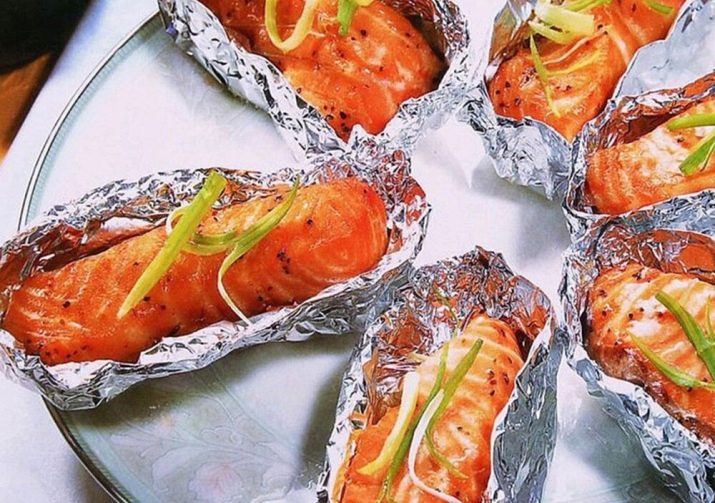
Possible problems
Aluminum food foil is recognized as a safe material for use in the kitchen, but scientists differ on this issue. When freezing and storing food, foil is absolutely safe, but some experts consider its frequent use for baking to be harmful to the body.
The fact is that aluminum contains many toxins that are actively released when heated and lead to serious diseases such as Alzheimer's disease, respiratory diseases and bone diseases.

When baked, when the material is heated to a high temperature, it begins to break down and its microparticles, invisible to the eye, can remain on the food and get into the human body. This process is also facilitated by the acid formed when using certain spices or, for example, lemon.
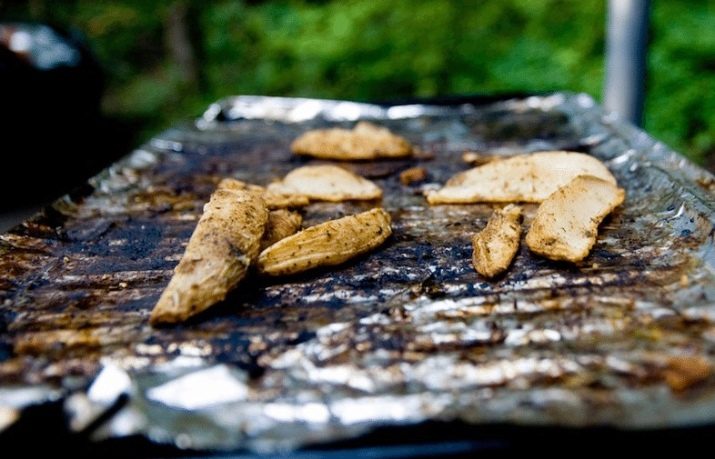
But this danger can be minimized by following simple rules.
- Do not close or wrap the food very tightly, and the dish will turn out to be more juicy and tasty.
- Place food so that it comes into contact with the glossy side of the material rather than the matte side. This is especially true for dishes in the preparation of which lemon, marinade with vinegar and a large amount of seasonings are used.
- Do not use this cooking method as a daily routine. The dishes are really delicious, but you don't need to lose your sense of proportion.
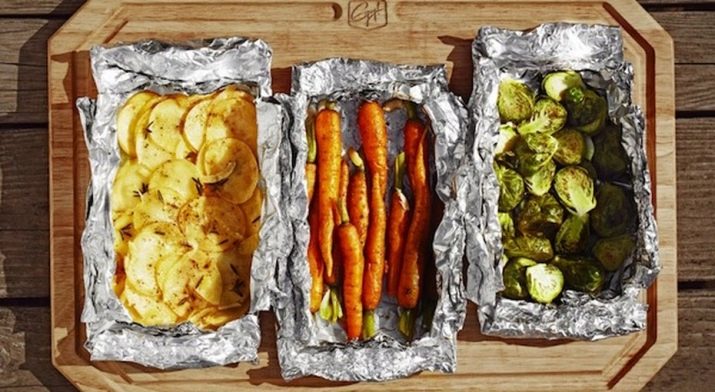
Helpful hints
Due to the properties of foil, its correct use during baking gives any dish a special aroma and juiciness. This happens due to the fact that the products are baked in the oven rather slowly and are well saturated with their own juice. Since at the same time they are practically hermetically sealed, and the foil does not allow odors to pass through, the aroma of both the main product and the spices used remains inside.

The use of foil is not difficult, it is enough to know some of the nuances.
- When choosing a material, it is worth giving preference to domestic products, since the safety requirements in different countries are different. The use of substandard products can adversely affect health.
- The foil should be strong enough, dense, but thin, as it is important that the juice does not leak out. If the material is too thin, then several layers need to be made.
- It is important to wrap the foil correctly. If you intend to bake a dish on a baking sheet, then it is necessary to overlap the sheets so that the edges of the bottom layer protrude about 2 centimeters beyond the edges of the baking sheet. Do the same with the top layer. Then carefully line up the edges and fold tightly twice.
- To properly wrap a large piece of meat or a whole fish, you need to cut off 2 sufficiently long sheets, lay them crosswise, place the product in the middle and wrap tightly first in one sheet, then in another.
- When wrapping, there should be no holes or holes, otherwise the juice will flow out and burn, and the dish itself may turn out to be dry, and the expected effect will not be achieved. It is better to make 2 layers, but not squeeze the package too tightly.
- To prevent the foil from sticking to it and nothing sticking to it, you can grease the inner surface with vegetable oil.
- Not all foods can be baked in foil. It is contraindicated in cereals and cereals, green and soft vegetables, fruits. This method is not very suitable for beef - you can get just a boiled piece of meat. But veal and especially pork are perfectly baked. Wild meat is best cooked using special recipes.
- It is better to take meat for baking in one large piece weighing at least a kilogram, only in this case it will be juicy and tender. With less weight, it can turn out to be dry.
- Any fish can be baked. It is advisable to cut off the fins and tail - they can tear the foil. If you want to bake the whole fish, then you need to wrap it in several layers, but not pack it too tightly.
- When roasting chicken, it is advisable to first wrap the ends of the legs and wings with pieces of foil with the shiny side outward so that they do not char, and then wrap the whole chicken.
- Baking vegetables (potatoes, peppers) are wrapped each separately. The vegetable stew is cooked in a heat-resistant dish, which is covered with a foil “lid”.
- The oven must first be warmed up well for half an hour. For vegetables, the temperature should be at least 100 degrees, for meat and fish - at least 200. During the cooking process, it is better not to open the oven once again, as it cools quickly.
- There are two ways to get the dish covered with a delicious crispy crust. You can make holes in the upper part of the package. This must be done very carefully to prevent the juice from leaking out. And you can cut the foil from above 10-15 minutes before the end of cooking, spread the edges to the sides and put it back in the oven for browning.

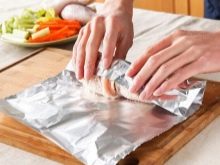

Simple recipes using foil
Delicious dishes can be prepared using a few simple recipes that even a novice housewife can master.
Pork
Wash one and a half kilograms of pork well and dry on a paper towel. Cut 4-5 cloves of garlic lengthwise into two parts and stuff the meat with them. Grate the prepared piece with a mixture of salt and pepper to taste. Gently wrap in foil and marinate in the refrigerator for several hours.

Preheat the oven to 200 degrees and bake the meat. Cooking time - at least an hour. Then remove the meat, cut the top layer of the foil and put in the oven. Serve after 20 minutes. Instead of salt and pepper, you can grate the meat with a mixture of mustard and mayonnaise.

Hen
You can cook chicken in the same way. But garlic is not used at the same time and the cooking time is slightly less - about 45 minutes for cooking and 15-20 minutes for the poultry to brown.
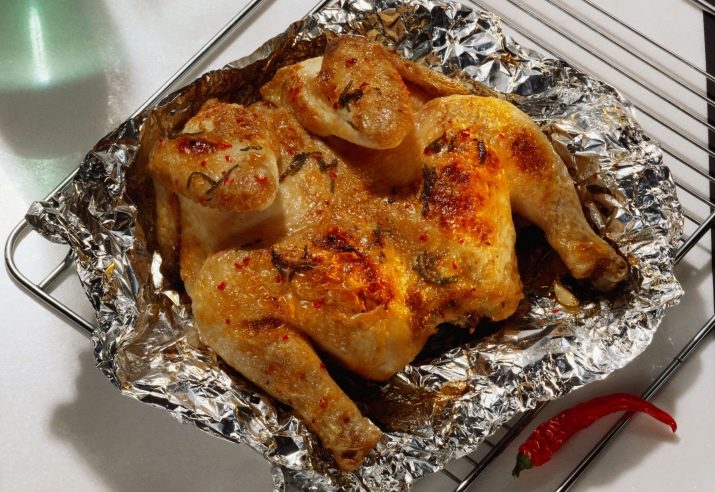
A fish
The same technology is great for fish, but it should be marinated in a mixture of lemon juice with olive or sunflower oil.
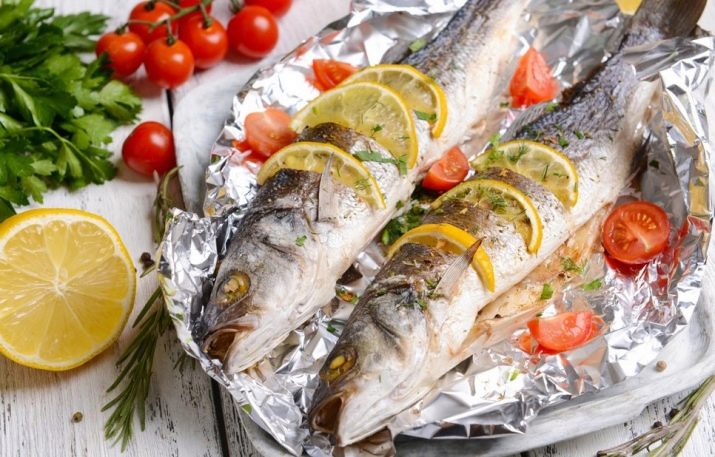
You can see that in all these recipes, the cooking method is the same, only the composition of the marinade changes.
The hostess's work is also reduced to a minimum, because you can marinate meat or fish on the eve of the expected day of cooking, which is especially important before any celebration. Thus, observing all the listed simple subtleties, you can prepare many delicious and incredibly aromatic dishes.
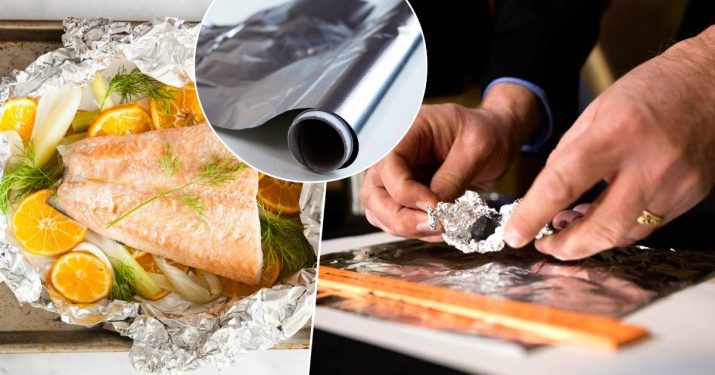
In the next video, you will learn a little trick on how to easily cover a baking sheet with foil and not tear it.








